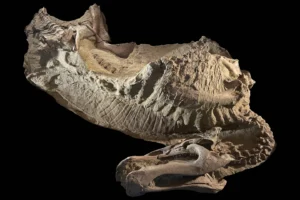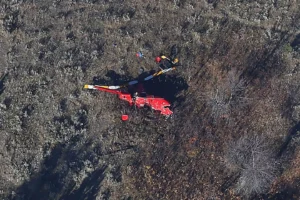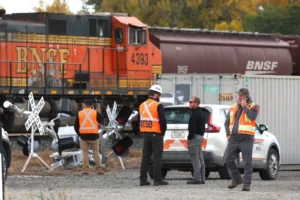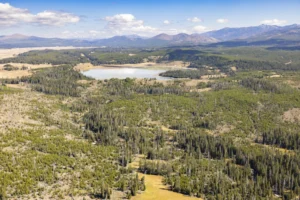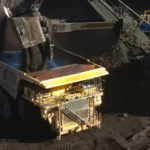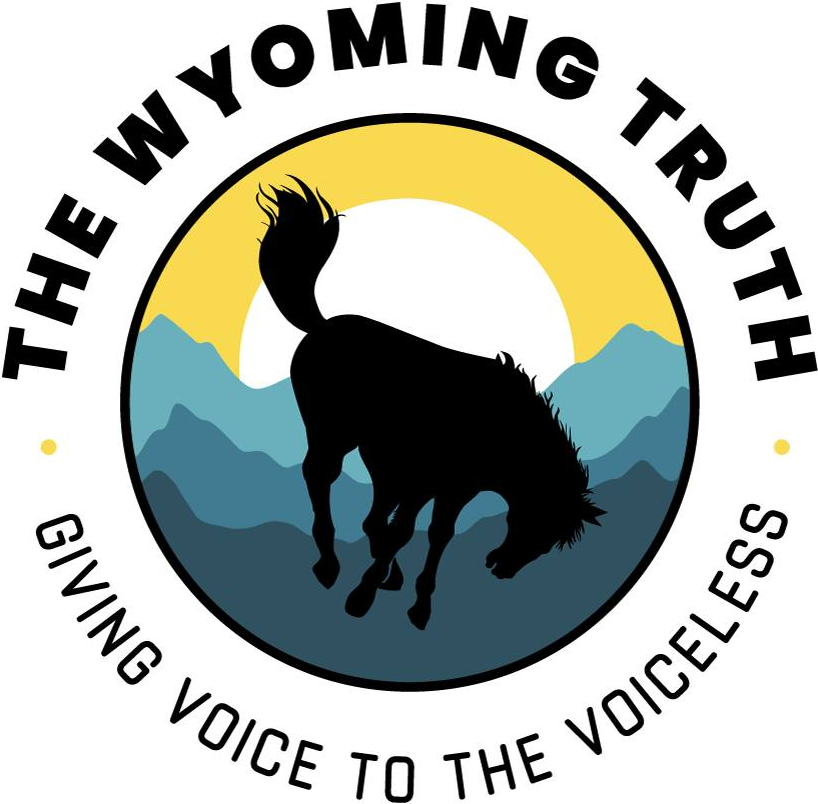Wyoming Fire Watch: As Neighboring States Burn, Cowboy State Stays Cool
Wyoming moves into autumn with risk that’s low — but not zero
- Published In: Other News & Features
- Last Updated: Sep 12, 2023

The Buffalo fire, which burned in early September 2016 in Yellowstone National Park, is an example of a late-season wildfire in Wyoming. Cooler temperatures can dry light fuels, and pre-frontal winds can drive fire spread. (Courtesy photo from Yellowstone National Park/NPS)
By Melissa Thomasma
Special to the Wyoming Truth
The National Interagency Fire Center is reporting 69 large wildfires across 13 states which have claimed 475,924 acres as of Monday. Wyoming is currently free from wildfires, but surrounding states, including Idaho, Montana and Colorado, all have active incidents.
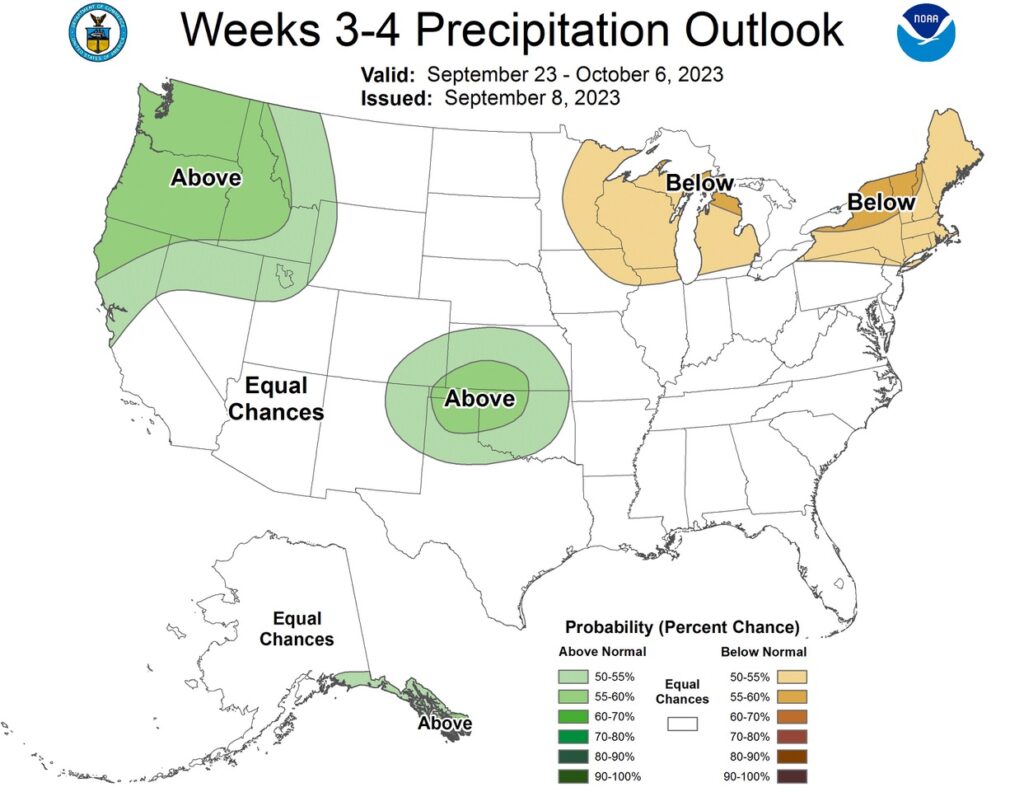
te Prediction Center, the next few weeks of autumn will be pretty close to average in terms of both temperature and precipitation. No extreme fire weather is predicted, but wildfires remain a possibility. (Courtesy photo from the National Oceanic and Atmospheric Administration Climate Prediction Center)
The agency reported that since January 1, 41,944 wildfires have scorched 2.19 million acres; however, the year’s totals so far remain below the 10-year averages of 42,989 wildfires and 5.7 million acres burned.
While the eastern portion of Wyoming is experiencing light smoke from fires in the Pacific Northwest and further north in Alberta and British Columbia, the state’s overall air quality is ranked as “good” by airnow.gov.
Jerod DeLay, assistant state forester and fire management officer for the Wyoming State Forestry Division, told the Wyoming Truth that the state’s current dearth of active wildfires isn’t reason to get sloppy. Pre-frontal conditions — unsettled weather moving ahead of storm systems — can cause an increase in fire danger due to gusty winds and the possibility of dry lightning strikes, he said.
“We will have some upticks in activity on days like that, but we’ll probably stay pretty close to where we have been risk-wise,” DeLay added. “It could change if we get into a prolonged dry spell or if we have an early hard freeze.”
When vegetation freezes or “cures,” it dies and becomes more susceptible to ignition.
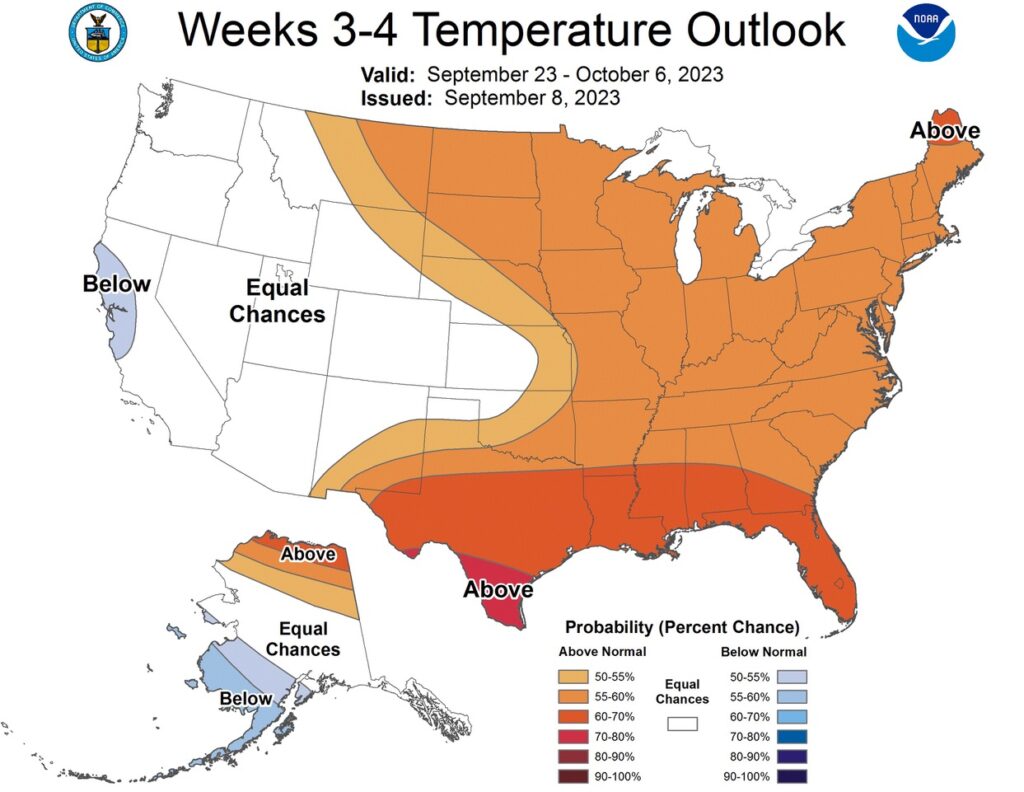
Lance VandenBoogart, meteorologist for the National Oceanic and Atmospheric Administration based in Riverton, echoed DeLay’s observation that lighter fuels like grass and forbs are drying out in the autumn weather.
“As far as what we’re seeing and hearing about fuels from our partners at the Forest Service and [Bureau of Land Management], grasses are curing and going into autumn drying,” he said. “But we’re not looking at any critical fuels for mountain regions, as the forests are retaining a fair amount of moisture.”
Reflecting on the season, VandenBoogart told the Wyoming Truth that “Summer was slightly warmer than average, about five degrees higher; however, there were not a lot of extreme heat events.” Precipitation in the early summer was higher than average, but leveled out to average through July and August — conditions that do not constitute extreme fire danger.
VandenBoogart said Wyomingites should expect more of the same through the end of September.
“If we look at the one-month outlook, temperature predictions have a slight lean above average, and equal chances for wetter or drier weather,” he said. “Overall, pretty typical autumn weather. Some systems will bring moisture, but no early blizzards on the horizon.”
Given that conditions are likely to remain similar for the foreseeable future, DeLay urged residents to maintain fire-safety awareness: “The grass is dry. Be careful where you’re parking. Stay vigilant of your surroundings and fuel conditions. Especially with a breeze, it doesn’t take much to start a fire.”

